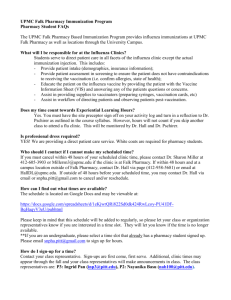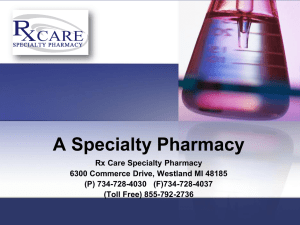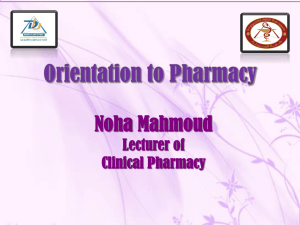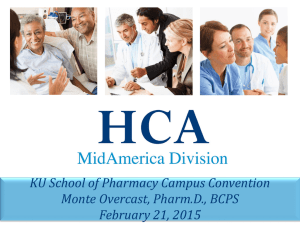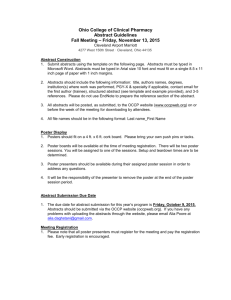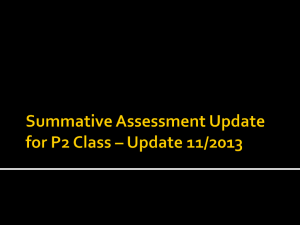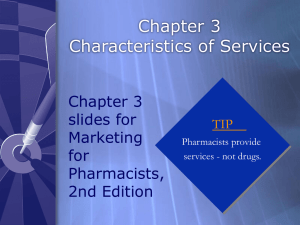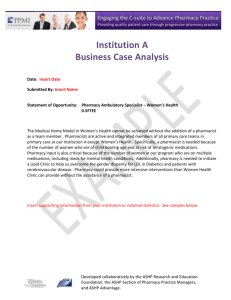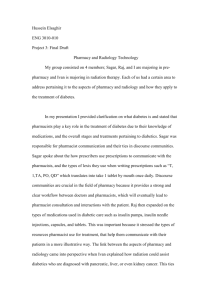Aiming for and Reaching Level 3 PCMH Recognition
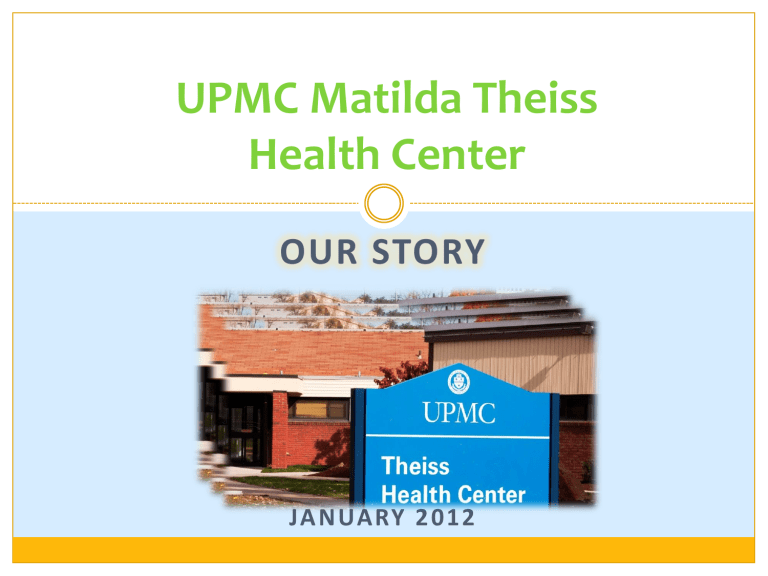
UPMC Matilda Theiss
Health Center
OUR STORY
JA N UA RY 2 0 1 2
Who We Are
UPMC hospital-based clinic
Only federally qualified health center within UPMC
Serving a total of 1600 patients
~30% are uninsured
~60% are Medicare/Medicaid
Offering full primary care services
Disease state management
Health education
OB/GYN services
Social, counseling, and health promotion services
Medication dispensing through on-site dispensary
Clinical pharmacy services
Our Team
UPMC MTHC
Physicians, medical residents, social workers, pharmacists, nurses, administrators and front desk staff all work together as a team to improve our patients’ health
The Changing Landscape of Medicine
In 2000 the WHO(World Health Organization) outlined changes that would transition medical care systems from pay for performance models to quality of care models
The medical community in the United States responded by taking measures to advance idea the healthcare outcomes should measured in terms of quality and not quantity
In 2007, response to the new WHO standards of care we began researching the new model of medicine
Becoming a Patient Centered Medical
The Medical Home Model Utilizes 8 change concepts which have been identified as drivers of quality care. These concepts are the building blocks of the medical home model, but they can hard to visualize and even harder to implement. To assist our team with understanding and implementing each change concept, we enlisted the help of the Pittsburgh Regional Health Initiative. The change concepts are as follows:
Engaged Leadership
Enhanced Access
Patient centered Interactions
Care Coordination
Organized, evidenced based care
Empanelment
Quality Improvement Strategy
Continuous Team Based Healing Relationships
Enhanced Access
In 2008 we surveyed are patients prior to initiating the
Medical Home model at our Health Center
Access to care was identified by our patients as the number one problem with healthcare at our facility
In January of 2009 we began a modified open access scheduling system to meet the access need of our patients
~ Instead of appointments booked as far out as 90 days, appointments are booked in within 48 hours, and follow ups no longer than two weeks out.
Empanelment
Not long after beginning Open access Scheduling, we discovered that Empaneling all our patient to one physician only would be key to moving forward with medical home
Empanelment provided us with ability to form teams(Continuous Team Based Healing) around a physician's panel and it is a driver of (Care Coordination).
Engaged Leadership
Patient care teams at Matilda Theiss consist of:
Doctor/provider
Nurse/Medical Assistant
Front Office clerk
Pharmacist/pharmacist resident
Social Worker/social work intern or fellow
Patient Centered Interaction
PCP
Social/ pharmacy
Patient
Nurse
Front
Office
Evidenced Based care and Quality Improvement
Quality of care can be hard to measure, but not impossible.
Internal quality measurements were put in place to help us collect data on how well we were doing
We used data collection tools such as:
~PDSA cycles
~Patient satisfaction surveys
~Process Flow Charts
~Fish Bone Diagrams
~Toyota quality measures
NCQA Certification
In June of 2013, after one year of planning and four years of transforming, Matilda Theiss Health Center received level 3 Medical Home Certification
What We’ve Accomplished
Established leadership commitment
Culture of quality and safety
Partnership with the University of Pittsburgh School of Pharmacy
Developed an integrated multi-professional care team
Physicians, medical residents, nurses, social workers, and pharmacists
Established full time on-site clinical pharmacy services
Provided by pharmacy residents
Established patient-centered Medical Home
Consistently engaging patients and families
Consistently providing culturally appropriate care
What We’re Tracking
Diabetes Control
# of patients whose A1c is ≤ 9%
Monthly patient reviews in EPICCare
LDL Control
# of patients whose LDL is ≤ 100 mg/dL
Monthly patient reviews in EPICCare
Blood Pressure Control
# of patients whose blood pressure is ≤ 130/80
Monthly patient reviews in EPICCare
Patient Safety
# of patients receiving CPS in previous month
Clinical Pharmacist Encounters Spreadsheet
# of adverse drug events potential, actual, prevented
ADE and Clinical Pharmacy Services Tracking Form
What We’re Working On
Integrated care delivery and patient-centered care
Received Level 3 NCQA Medical Home Accreditation in June 2013
Patient engagement
Monthly diabetes group
Monthly calls to all PoF patients
Diabetes, LDL, and blood pressure control
Implementing Diabetes Report Card and Goal Setting Worksheet
Patient safety
Completion of Clinical Pharmacist Encounters Spreadsheet and ADE and
Clinical Pharmacy Services Tracking Form for each patient encounter
Sustainability
Maintenance of current CPS and expansion of services


